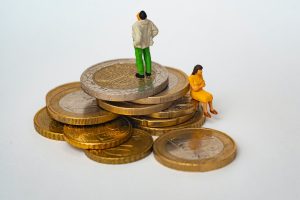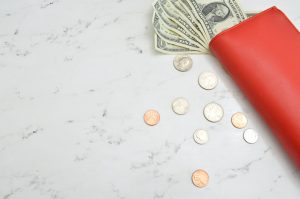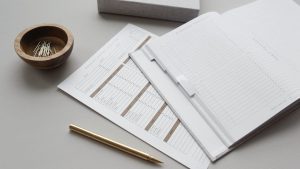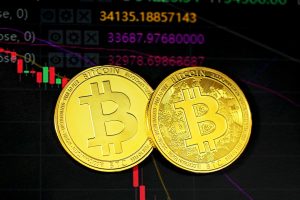Forex trading is one of the most popular trading markets in the world, and it’s easy to see why. With the potential for high returns, 24-hour trading, and the ability to trade from anywhere in the world, it’s no wonder that millions of people are drawn to the world of foreign exchange.
But for newcomers to the Forex market, the numbers and terminology can be overwhelming. In this article, we’ll break down what the numbers in Forex trading mean, and how they can help you make informed trading decisions.
What is Forex Trading?
Forex (short for foreign exchange) trading is the act of buying and selling currencies in order to profit from the fluctuations in their value. The Forex market is the largest financial market in the world, trading over $5 trillion daily.
Forex trading is typically done through a broker or market maker, who facilitates the trades between the buyers and sellers. Traders can buy or sell currency pairs, such as EUR/USD or USD/JPY, with the hope of making a profit from the difference in price.
What Do the Numbers Mean?
In Forex trading, numbers are used to represent the value of a particular currency in relation to another currency. These numbers are typically expressed as a ratio, with the base currency on the left and the quote currency on the right.
For example, in the currency pair EUR/USD, the euro is the base currency and the US dollar is the quote currency. If the current exchange rate for this pair is 1.2000, it means that one euro is worth 1.2000 US dollars.
When you’re looking at a Forex chart, you’ll see a series of numbers that represent the exchange rate for a particular currency pair at different points in time. These numbers can be used to analyze trends and make trading decisions.
Types of Numbers in Forex Trading
There are several different types of numbers that you’ll encounter in Forex trading. Here are some of the most common:
1. Bid and Ask Price
The bid price is the highest price that a buyer is willing to pay for a particular currency pair, while the ask price is the lowest price that a seller is willing to accept. The difference between these two prices is known as the spread.
Traders can buy or sell a currency pair at the bid or ask price, depending on whether they want to buy or sell the base currency.
2. Pip
Pip stands for “percentage in point” and is the smallest unit of measurement in Forex trading. It represents the fourth decimal place in a currency pair’s exchange rate.
For example, if the exchange rate for EUR/USD is 1.2000, a movement of one pip would be a change in the exchange rate to 1.2001.
Pips are used to calculate the profit or loss on a trade, and are a key factor in determining the risk and reward of a trade.
3. Lot Size
Lot size refers to the number of units of a particular currency that a trader is buying or selling. In Forex trading, lot sizes are typically expressed in standard lots, mini lots, or micro lots.
A standard lot is 100,000 units of the base currency, while a mini lot is 10,000 units and a micro lot is 1,000 units.
Lot size is an important factor in managing risk, as it can affect the amount of money that a trader stands to gain or lose on a trade.
4. Margin
Margin is the amount of money that a trader needs to have in their account in order to open a position. It’s typically expressed as a percentage of the total value of the trade.
For example, if a trader wants to open a position worth $100,000 and the margin requirement is 1%, they would need to have $1,000 in their account.
Margin is used to amplify the potential profits and losses of a trade, and is a key factor in determining the risk and reward of a trade.
Conclusion
Understanding the numbers in Forex trading is essential for making informed trading decisions. By understanding the bid and ask price, pip, lot size, and margin, traders can manage risk and maximize their potential profits.
While Forex trading can be complex, with practice and patience, anyone can learn how to trade successfully. So if you’re interested in getting started in Forex trading, take the time to learn the numbers and terminology, and start building your trading skills today.





